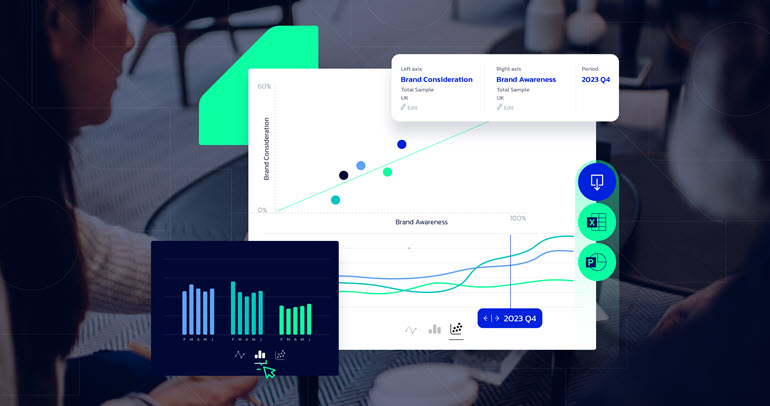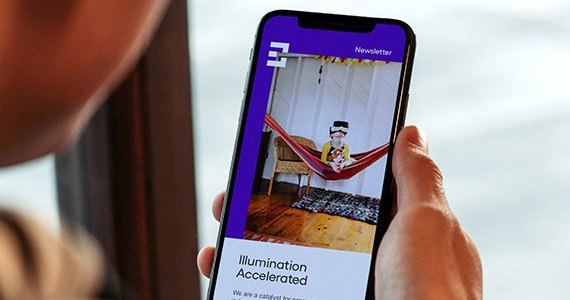
At one point in my career, it seemed there was only one type of segmentation approach consumer behavior researchers and marketing professionals were interested in: survey-driven, person-based solutions. That’s not the case today. More data, differing views and use cases, and an appreciation for a customized approach based on your industry have led market research and marketing professionals to embrace a variety of approaches.
In a previous blog, I highlighted how occasion-based segmentation can be a more actionable and valuable solution for higher-frequency categories where consumer needs vary. Now, I’d like to focus on another type of segmentation that we at Escalent affectionately call augmented segmentation.
Augmented segmentation embraces the world we live in today where there are multiple data streams and a need for segmentation solutions that build or expand on an existing solution.
Often when I speak with my clients, they have an existing segmentation solution they’ve developed from their own behavioral or transactional data. These data are powerful. The solution doesn’t rely on self-reported behavior from consumers, so analytics teams say it’s the “real thing” because it’s objective. However, clients regularly come to me saying that while their solution is based on tons of data points and there are some clear consumer segments that arise, the segmentation solution lacks the deeper consumer understanding from the multidimensional standpoint that clients need. While the solution tells my clients what the segments are doing, it doesn’t tell clients why the different segments behave the way they do, what they need or how they behave outside of the client brand. In sum, clients don’t understand the core of the segment—what consumers value and how they approach the category.
Another area where clients’ solution sometimes falls short is that it doesn’t provide meaningful differentiation between segments. Sometimes, the segments blur together and it isn’t clear why the segments are different or what is driving the differences between them. I often hear that these behavioral-data-only solutions feel a little gray when our clients want full color.
That’s where augmented segmentation comes into play. The goal of this approach is to elevate an existing segmentation solution by layering in attitudinal and additional behavioral data to create a multidimensional solution and view of consumers.
Closely Collaborating with Our Clients to Uplevel Their Segmentation
Just how far we take the augmented segmentation depends on client needs. Often, organizations have embraced the segmentation so it’s critical to keep the core of the solution as is but further flesh out the segments with more details that provide a deeper understanding of what is motivating consumers and why. Other times, clients are more open to deviating from the current solution when we show them that the data demand it. Either way, when we design an augmented segmentation solution, we focus on finding a balance between an enhanced version of the existing segments without straying too far from clients’ original segmentation.
To do this, we collaborate closely with our clients to understand three main components:
- The history of the current solution. Where the current solution came from, how it has been used, what it does well and where it falls short.
- The in-depth details of what the solution does and does not provide. What we know and don’t know about each consumer segment including the profile for each segment.
- The client’s desired future use of the solution. Who will use it (product development, branding, marketing and communication?), how it will be used and what the goals are.
After we have established this baseline understanding, we move on to conducting primary quantitative research with consumers to create attitudinal and survey-based behavioral data to link with the clients’ existing behavioral data. These two data sources become the inputs for our new solution.
The augmented segmentation analysis is a highly iterative process, one that explores many different solutions and approaches. It’s a mix of art and science and, through our various iterations and collaboration sessions with our clients, we craft and select a final solution.
The result is an enhanced solution that provides a full view of the consumer segments clients craved. The combination of the behavioral, transaction and attitudinal data results in a more robust, meaningful and actionable solution. Full profiles and personas come to life. Clients can now truly embrace and understand each segment. The solutions are more inspiring for product development and marcom teams: they know enough about the segments to design products that will delight consumers and create communication platforms to reach them effectively. Suddenly, it all comes together and the segments become second nature insights. What was once a limited solution now shines.
Elevating a Quick-Serve Restaurant’s Segmentation to Be More Actionable
This was the case with a quick-serve restaurant (QSR) we worked with that had created a segmentation using the transactional data it had accumulated from its customers. Although the segmentation identified five customer segments differentiated on behavior, the client did not have insight into its customers’ priorities, needs, motivations and attitudes behind their decisions. Furthermore, the solution only focused on current customers, which did not support the company’s strategic priority to grow its business with new consumers.
To provide the deeper details necessary to elevate our client’s segmentation with an augmented approach, we conducted a large-scale online survey with current and prospective customers to understand their category behaviors, attitudes, motivations and needs. Leveraging Escalent’s advanced analytics team, we linked our survey data with the QSR’s transactional data and designed a new model to transition the existing customer segments into enhanced segments that provided in-depth findings around purchase behaviors, attitudes, needs and demographics for both current and prospective customers. Our augmented segmentation delivered the insights our client needed to create a plan for future growth and more effectively inform brand, marketing and product development strategies.
If you would like to know how to augment your existing segmentation solution, send us a note. We are happy to help.









